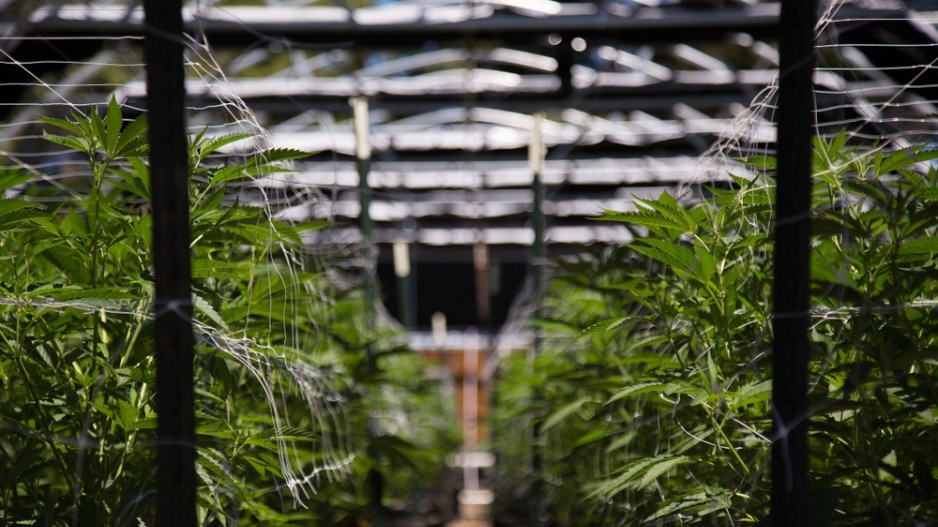Health Canada on June 27 released regulations that will give clarity to the Cannabis Act, which received royal assent June 21 and will legalize recreational cannabis use Canadawide by October 17.
The 390-page full report on the new rules provides extensive detail and provides many answers that entrepreneurs in the cannabis industry have been urging government to provide.
Three things stood out for Tousaw Law Corp. lawyer Kirk Tousaw, who spoke with Business in Vancouver after the regulations were released. They are that:
•hemp farmers will be able to cultivate the flowering tops of their plants and not simply, as it is today, hemp fiber and hemp seeds that are intended for food products;
•those who possess genetic material for cannabis that has been engineered prior to legalization (likely in the black market) will be able to simply declare that they have the material and then they will be able to use and sell it; and
•those who have been charged with trafficking will not be banned from being licensed in the legal regime.
That last point, Tousaw said, was made clear by a Health Canada spokesperson during the question-and-answer session that followed the release of the regulations in Ottawa this morning.
"I assume that if trafficking isn't a bar, then past production activity won't be either," he said. "That is absolutely critical to the development, particularly in B.C., of a micro-producer industry because many people who have been doing this for a long time do have those charges."
Some cannabis activists, such as Cannabis Culture principal Jodie Emery, have been critical of the government's legalization of cannabis because they say that restrictions post-legalization will still be limiting.
Tousaw, however, said today's clarity on the new rules "continues the trend of positive movement toward fair and sensible regulations. There are some encouraging things.”
Aside from the surprises that Tousaw outlined, the new regulations predictably set out strict specifications for plain packaging, labelling and analytical testing of all cannabis products.
The regulations also outline stringent physical and personnel-security requirements for all federally licensed production sites.
There are new details on how to get licences for cultivation and processing of cannabis, including licences for micro-size operations, industrial hemp ventures and research and analytical testing businesses.
The current system of medical cannabis is to stay in place. That means that medical patients may still buy their medicine from licensed producers and will not have to buy cannabis from provincial government monopolies.
"Certain changes [to the medical-cannabis regulations] have been made to create consistency with rules for non-medical use of cannabis, to improve patient access and to reduce the risk of abuse of the system," Health Canada noted on its website.
The Cannabis Act passed through the Senate on June 19. Prime Minister Justin Trudeau the next day announced that legal sales would launch October 17 – something that did not seem to faze investors.
Royal assent then took place the next morning.




